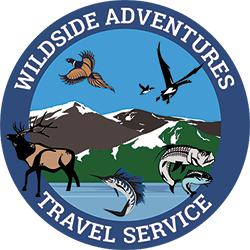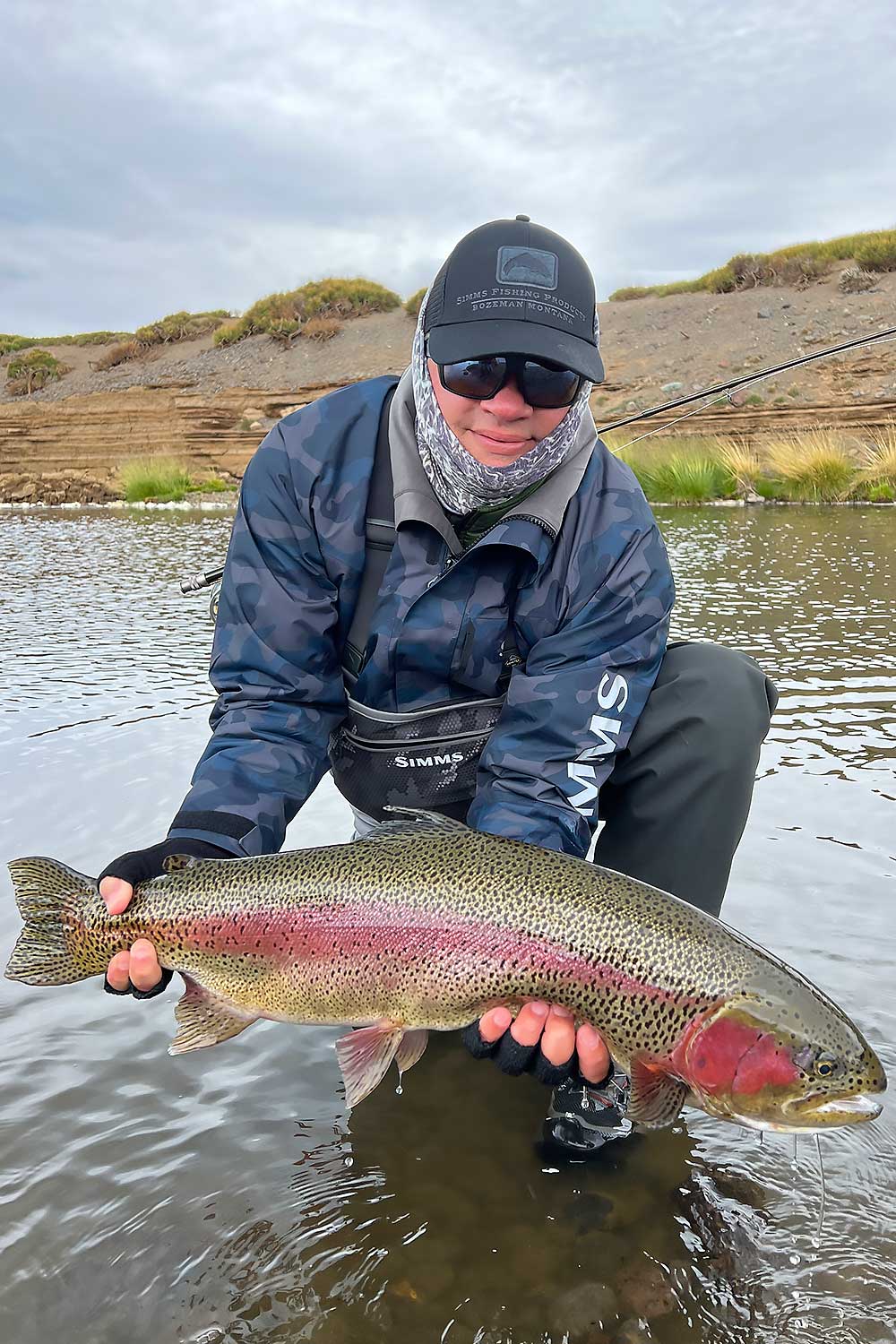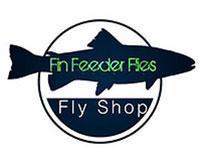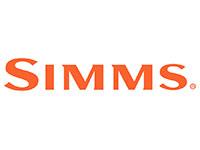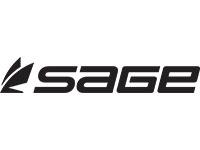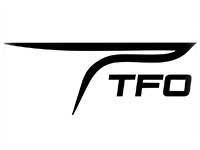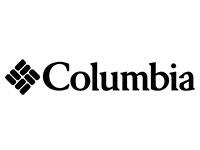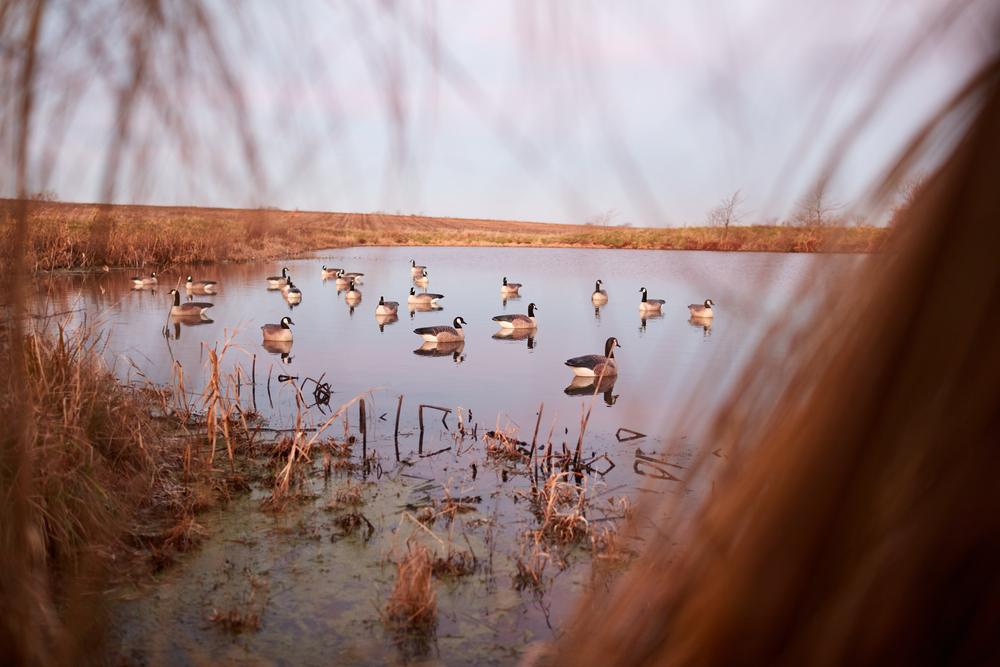
Table of Contents
The U.S. Fish and Wildlife Service reports that approximately one million waterfowl hunters in the U.S. bag an average of 10 million ducks and almost three million geese annually. Because waterfowl stick to the same migration routes each spring and fall, wildlife managers began dividing North America into four separate regions, referred to as “flyways,” in the 1950s. The four regions consist of the Pacific, Central, Mississippi, and Atlantic flyways, and each region holds its own unique places that provide waterfowlers with spectacular duck and goose hunting. To help you plan your trip, no matter where you live in the country, here are some fantastic waterfowl hunting destinations in each of the four U.S. flyways:
Central Flyway
The Central Flyway was formed in 1948 and is composed of the states of Montana, Wyoming, Colorado, New Mexico, Texas, Oklahoma, Kansas, Nebraska, South Dakota, and North Dakota, and the Canadian provinces of Alberta, Saskatchewan and the Northwest Territories. Depending on the type of hunting you want to do or how far you would like to travel, Wildside Adventures Travel Service offers waterfowl hunting in Alberta with Blue Sky Outfitters or in South Dakota at the Dakota Prairie Lodge.
1) Texas
Holding scores of “playas,” defined as shallow wetlands that form after hard rain, the Texas panhandle is one of the hottest spots in the central flyway with low hunting pressure and high waterfowl numbers. In addition to the great waterfowl hunting opportunities for various duck species, such as mallards, redheads, pintails, widgeon, and others, the panhandle holds an estimated population of 500,000 sandhill cranes that use the area for a wintering ground. However, public access can be challenging as most land in the panhandle is privately owned. Still, there are some excellent hunting spots with approximately 25 wildlife refuges in the state, and several companies offer guided bird hunting trips on private land.
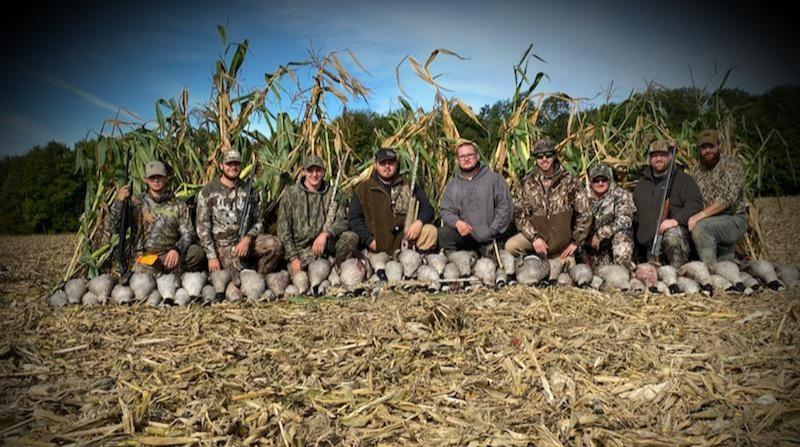
2) Eastern Montana
The Big-Sky State may not come to mind as a top waterfowling destination, but Montana has a lot of hidden gems that team with ducks and geese. Montana is part of the “prairie pothole region,” which includes parts of Canada to the north, referred to as “America’s duck factory.” This part of Montana has countless shallow depressions carved in the state’s great northern plains by the ancient glaciers and provides waterfowl with the needed security and food resources the birds need to thrive. Float trips down the Yellowstone and Missouri rivers are also sure bets.
3) South Dakota
South Dakota is normally known for its pheasant hunting, but the waterfowl hunting there is very underrated! Tens of thousands of birds are heading fresh out of Canada through North Dakota and will stop over in South Dakota where the hunting is bountiful. The Dakota Prairie Lodge is fully equipped to handle the migration and can offer hunters some first class shooting.
Mississippi Flyway
Stretching along its namesake and spanning every mile of wetlands from the Gulf of Mexico on Louisiana’s coast up through Minnesota and to the top of Canada, the Mississippi flyway covers a 2,300-mile-long stretch encompassing 1.5 million square miles.
1) Minnesota
It should be no surprise that the Land of 10,000 Lakes is one of the top spots along the Mississippi flyway and in the entire U.S. to hunt waterfowl. Minnesota was one of the states that helped bring the giant Canada goose back from extinction when the Rochester area was one of the bird’s last strongholds. With hundreds of publicly accessible lakes dotting the landscape from the state’s northern border down to the fabled Mississippi River, Minnesota is perhaps the single best place in the U.S. to hunt canvasbacks, mergansers, redheads, ruddy ducks, and scaups.
2) Mississippi
With thousands of acres of agricultural land and the vast expanse of the Mississippi Delta, Mississippi sees more waterfowl than can be counted. The best public hunting in Mississippi is unquestionably found on the Mississippi Delta south of the Yazoo River in the northwestern part of the state. Here hunters will find plenty of water and birds in the rivers, bays, bayous, swamps, and flooded forest lands. A large resident population of wood ducks is found throughout the Pascagoula River Basin and healthy numbers of bluewing teal spend the winters in the coastal marshes.
Atlantic Flyway
The Atlantic flyway stretches more than 3,000 miles along the Eastern Seaboard states from the northern Maine coast south, across the state of Florida, to the Gulf of Mexico. The Atlantic flyway probably has the largest migration of Canadian and snow geese anywhere on earth and provides access to plenty of public hunting lands.
1) Maryland
Chesapeake Bay may be the best-known area for chasing waterfowl in the Atlantic flyway, and for good reason. While there are opportunities for regulated blinds issued to hunters through annual county lotteries, most of the shoreline is privately owned. However, the “Offshore Waterfowl Hunting Zone” starting 800 yards offshore, is open territory for Maryland residents and their out-of-state guests. The bay offers almost constant opportunities for geese as well as diving and sea ducks.
2) New York
Western New York is one of those perfect waterfowl hunting spots along the Atlantic flyway. This area brings a major migration route, ample bodies of water like lakes, rivers, creeks, and swamps, and secluded agricultural fields of wheat and cut corn together to attract geese and ducks in numbers seldom seen elsewhere. Offering thousands of acres of public land strategically located between the Finger Lakes region and Lake Ontario, New York’s Montezuma National Wildlife Refuge and the Northern Montezuma Wildlife Management Area is a key stopover for migrating waterfowl. For hunters looking for guided bird hunting trips, Beau’ed Up Waterfowl in Bliss, New York, offers fully guided goose and duck hunts on public and private land for hunters of all ages and skill levels.
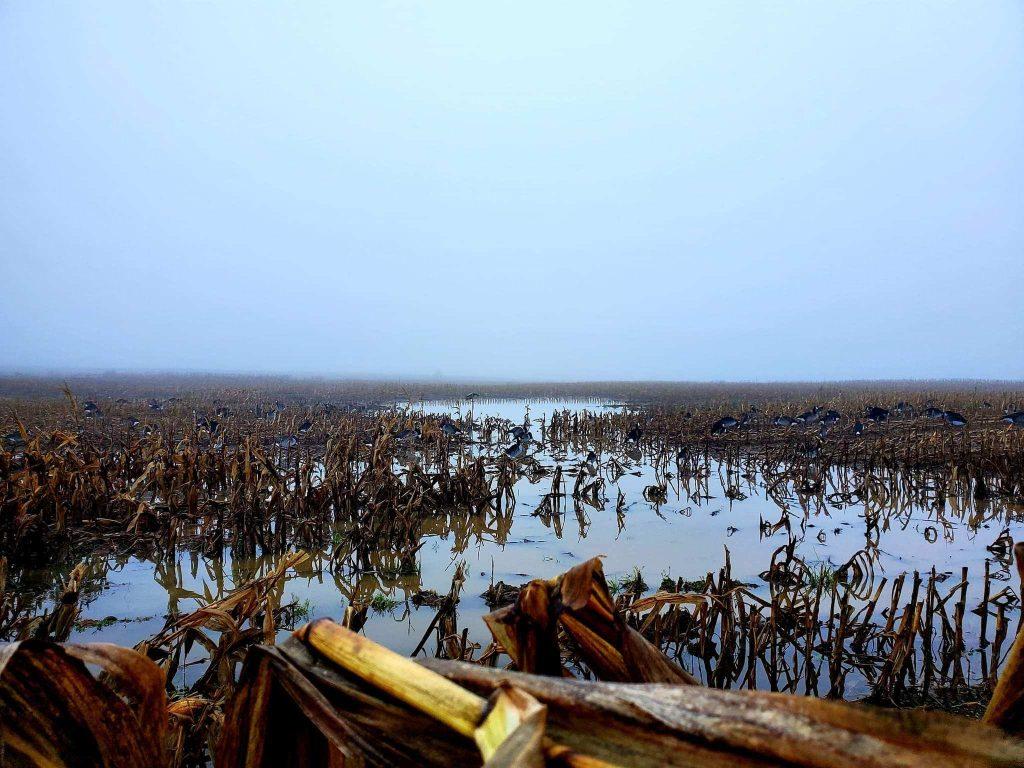
Pacific Flyway
The Pacific flyway stretches from Alaska down to Patagonia and sees the migration of 350 different species totaling over a billion birds each year. Hunting along the Pacific flyway provides a wide variety of hunting locations and conditions, and two of the best spots along the route are Washington and Northern California.
1) Washington State
The Evergreen State takes top honors of the Pacific flyway due to its wide variety of ducks and 12 species of geese that migrate through the state during hunting season. There is plenty of public land access throughout much of the eastern side of the state and the western side as well along the coast and most of the length of the Columbia River basin. With the southern part of Washington having somewhat complicated hunting regulations, the state’s northern half is the better bet.
2) Northern California
The waterfowl hunting in the Pacific flyway below Washington doesn’t get any better than in northern California. Five refugees within the Sacramento National Wildlife Refugee complex have over 1,900 acres of land open to hunting. Delevan National Wildlife Refuge has the highest duck-per-hunter average in the system. This is due largely to hunting being closed to the immediate north and south of Delevan, so the birds move through those areas unmolested. However, you do need to reserve a spot or draw a permit to gain access. Visit the National Fish and Wildlife Service website at fws.gov/refuge/Sacramento/ for information.
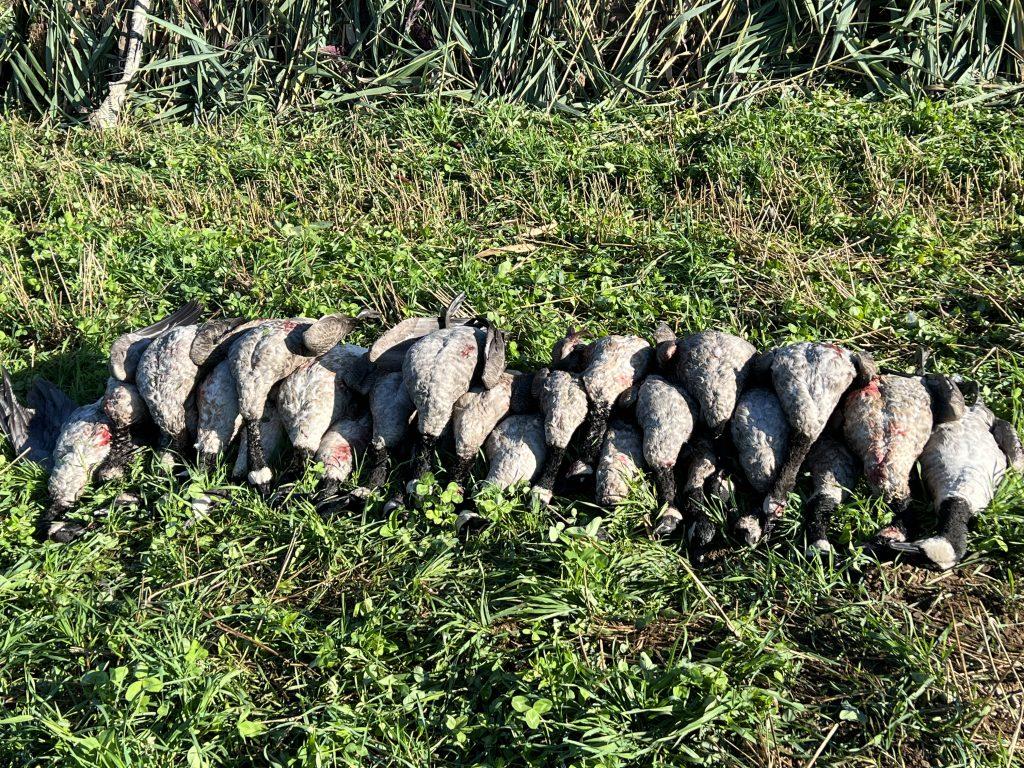
Waterfowlers are a special breed and are always looking for exciting new places to hunt, and hopefully, you now have a few new ideas to scratch your waterfowl hunting itch. If you would rather book a guided hunting trip rather than go it on your own, Wildside Joe books luxury hunting tours and fishing excursions all around the globe, He hosted “Joe’s Wildside Adventures” for 10 years on the Sportsman Channel, FOX, and ROOT Sports. Visit Joe’s YouTube channel @WildsideJoe to see some of his adventures. You can contact Joe at Wildside Adventures Travel Service, wildsidejoe.com or call him at 412-352-8703.
